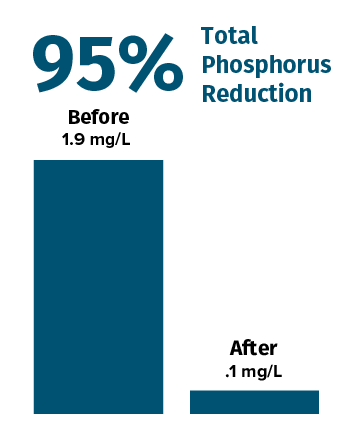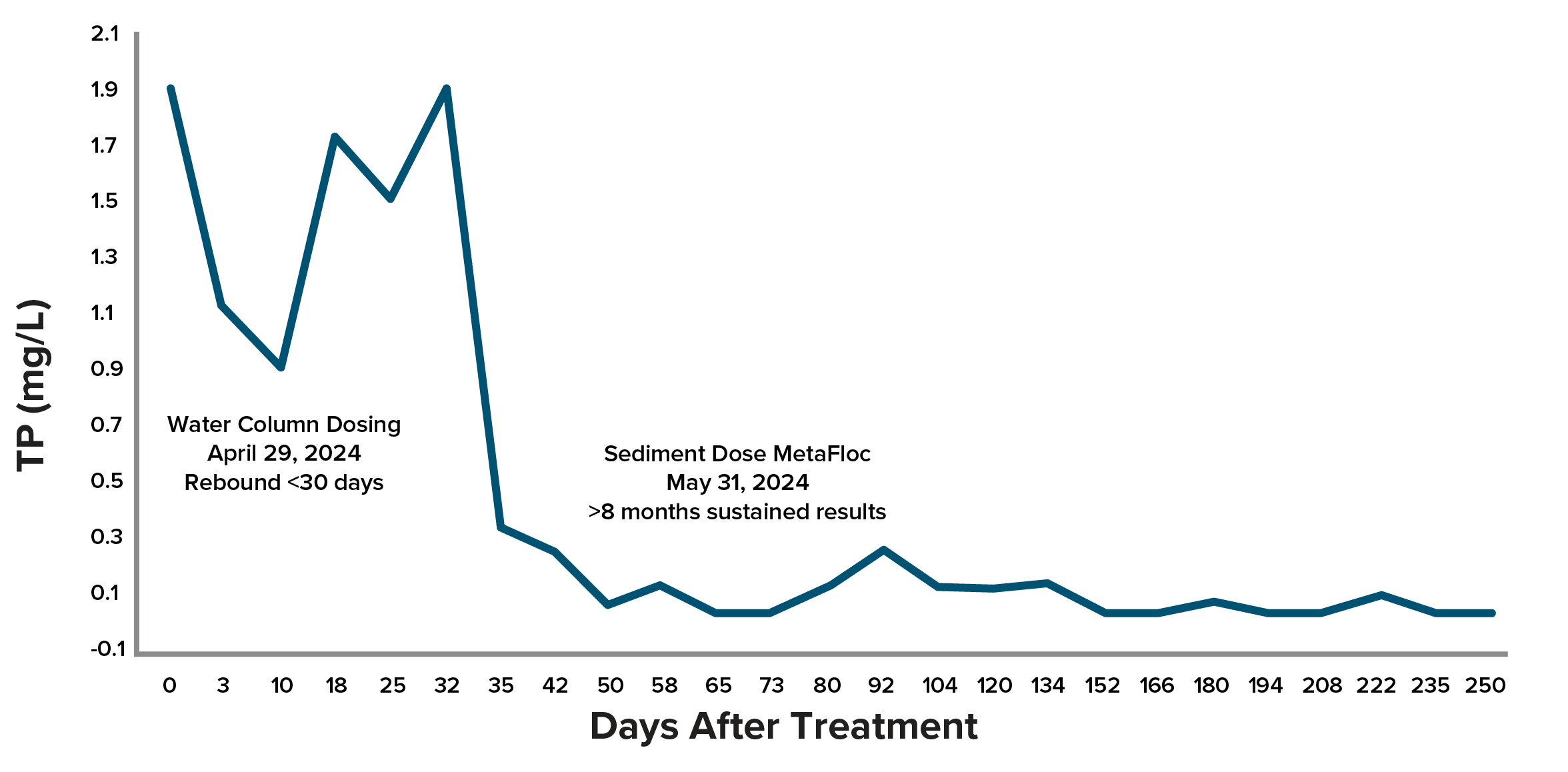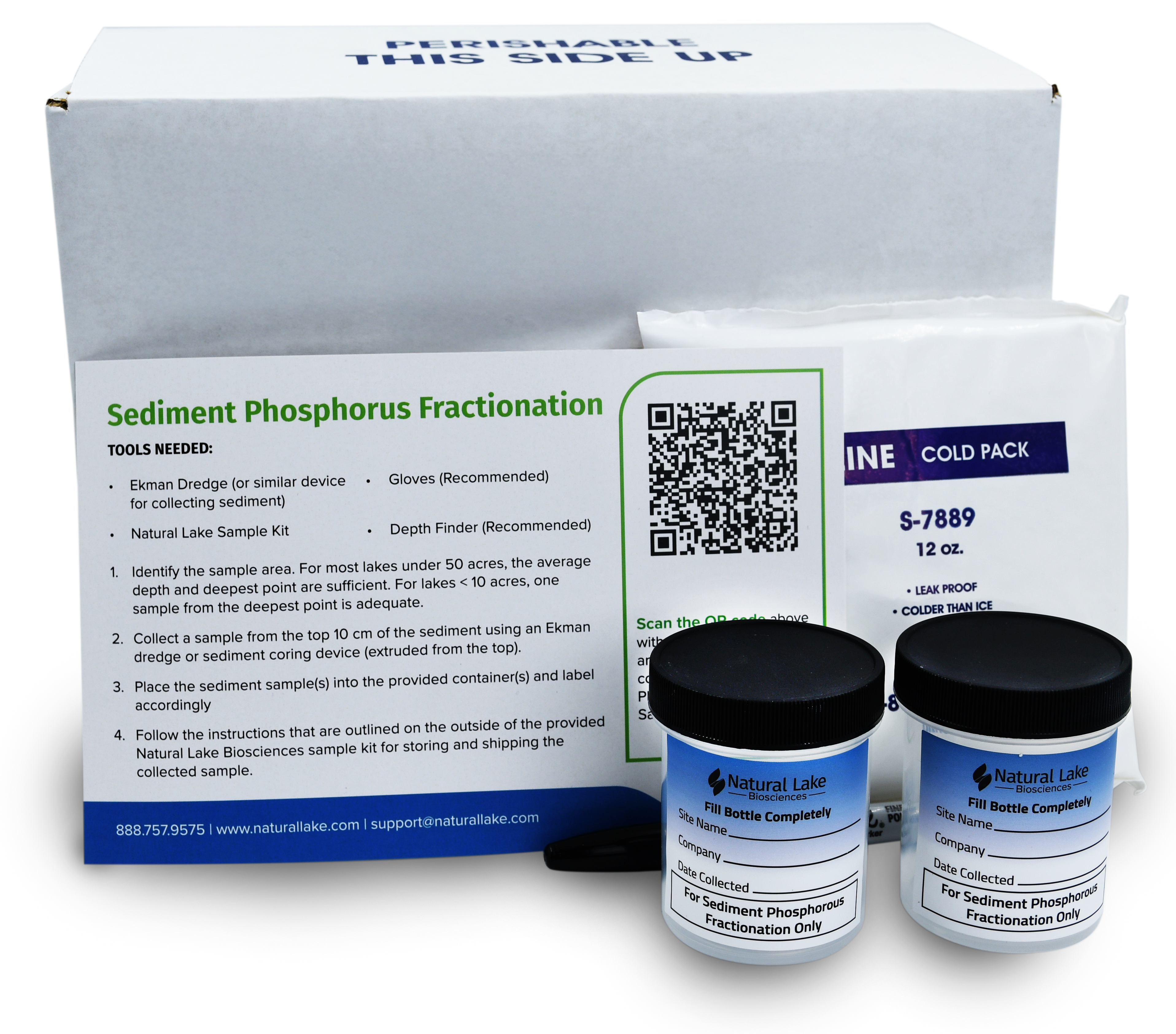Memorial Park Lake Restoration
A MetaFloc and MuckBiotics Case Study
By

Study Summary
- Sediment dosing of MetaFloc and MuckBiotics provided significant long-term water quality improvement.
- Within 3 days of sediment dosing MetaFloc, the lake observed a 95% reduction in TP, a 72% reduction in TN, a 77 % improvement in Secchi depth measurements, and a 99% reduction in fecal coliform.
- A shift from high levels of nuisance algae species to a low abundance of beneficial green algae and bacterial floc was observed post-treatment.
- >0.1 mg/L phosphorus and >1.5 mg/L nitrogen have been identified as Memorial Park Lake’s key algae bloom thresholds.

Project Overview
Memorial Park, located in Stuart, FL, is a tranquil park offering grassy areas, footpaths, U.S. war memorials, and, at the center, a small lake (0.5 ac). Memorial Park Lake has seen a decline in water quality over the past five years, where traditional algaecide treatments have become less and less effective. At the beginning of 2024, a collaborative investigation into water quality declines was undertaken by Aquatic Vegetation Control (AVC), Natural Lake Biosciences, and the City of Stuart to address water quality concerns at Memorial Park Lake. Initial environmental assessments at Memorial Park Lake uncovered significant nutrient levels for total nitrogen (TN; 5.8-6.1 ppm) and total phosphorus (TP; 2.18-2.22 ppm), indicating a hypereutrophic state conducive to ongoing algae proliferation. The resulting decline in water clarity, measured at < 10 inches, underscored the significant loss in water quality due to the combined effects of excessive nutrients and dense algae populations (Figure 1). Restoration efforts started with identifying nutrient source loading, which identified two primary sources of nutrients: 1) sediment nutrient recycling and 2) a 2” effluent reclaimed wastewater pipe used to maintain water elevation. Other source nutrient loads included stormwater run-off and waterfowl.
Treatment Plan and Results:
The initial treatment plan was to incorporate MetaFloc and MuckBiotics into the already established algaecide treatment program. Label rates of copper and peroxide algaecides were applied first, followed by MetaFloc, MuckBiotics , and dye shortly after on April 29, 2024. MetaFloc and MuckBiotics were dosed based on water column nutrient data at the time (27 lbs. of P). Despite significant reductions in nutrients and algae, the treatment fell short of the City’s desired goals, and within 30 days, the lake was back to prior levels. This was due to only dosing for water column nutrients, not the sediments, where the shallow depth of the pond (average depth 4.5ft.) allowed sediment nutrients to refuel the algae immediately. Algaecide resistance was also observed, with no visual impact from algae cell lysing or browning post-treatment.
This is likely due to the decades-long use of algicides on the lake.
A second treatment was implemented to target sediment nutrients using only MetaFloc and MuckBiotics due to algaecide resistance. 3 days after treatment, the lake observed a 95% reduction in Total Phosphorus (TP), a 72% reduction in Total Nitrogen (TN), a 77 % improvement in Secchi depth measurements (Figure 3), and a 99% reduction in fecal coliform (Figure 3). A shift from high levels of nuisance algae species to a low abundance of beneficial green algae and bacterial floc was observed post-treatment (Figure 5). Water quality conditions have met City goals and have eliminated the need for algaecides post-treatment. Management has switched to all-natural products, with only maintenance dosing rates being needed to maintain conditions. This consists of MetaFloc (12 gal/acre) being added each quarter, monthly MuckBiotics (30 lbs./acre), and the occasional use of aquatic dye to keep up with the 2” effluent reclaimed wastewater pipe.
Water Column Total Phosphorus Readings at Memorial Park

Water Column Total Nitrogen Readings at Memorial Park

Tip of the day:
Sediment dosing MetaFloc and Muckbiotics can provide long-lasting water quality results.
Related Products & Services
MuckBiotics

MetaFloc

Sediment Phosphorus Fractionation


About the Author
Patrick Goodwin, M.S., CLM, serves as a Water Resource Specialist at Natural Lake Biosciences, bringing over a decade of expertise in water resource management. He specializes in collecting data to assess nutrient loading and its impacts on algal blooms and water clarity. With a proven track record of restoring numerous water bodies, Patrick is recognized as an authority in implementing oxygenation and circulation techniques.
Stay Up to Date With The Latest News & Updates
Subscribe Below for Natural Lake Biosciences Updates and Event Invitations!

0 Comments